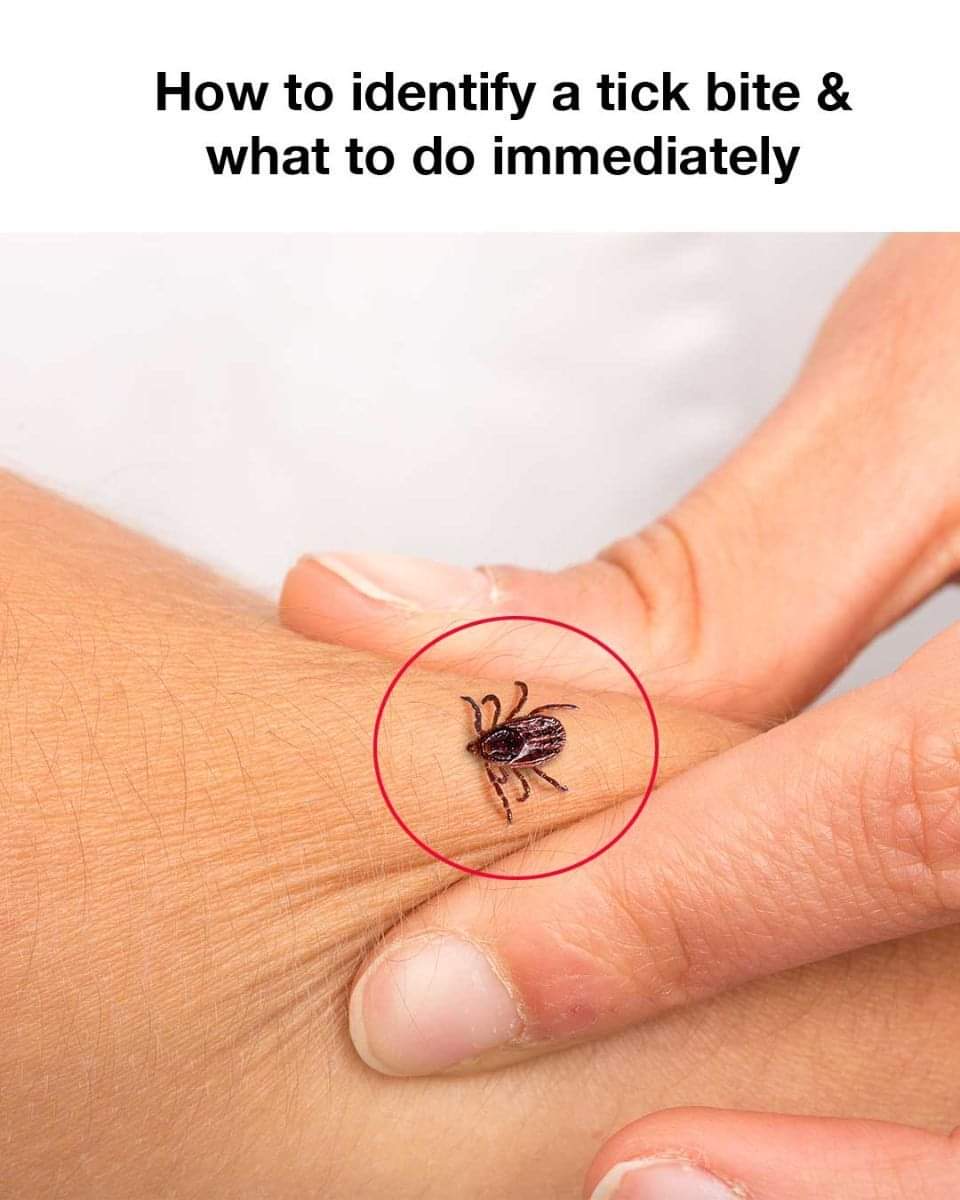While not always present, some people experience itching or a burning sensation at the bite site.
5. Flu-like Symptoms
Symptoms such as fever, chills, fatigue, and muscle aches can sometimes accompany a tick bite, indicating possible infection.
What to Do Immediately
1. Remove the Tick
Use fine-tipped tweezers to grasp the tick as close to the skin’s surface as possible. Pull upward steadily and evenly without twisting, which can cause the mouth-parts to break off and remain in the skin.
2. Clean the Area
After removing the tick, clean the bite area and your hands thoroughly with rubbing alcohol, iodine scrub, or soap and water.
3. Dispose of the Tick
Place the tick in a sealed bag or container, wrap it tightly in tape, or flush it down the toilet. Never crush a tick with your fingers.
4. Monitor Symptoms
Keep an eye on the bite area for changes or signs of infection. Watch for symptoms such as a red rash or flu-like symptoms that may develop over the next few weeks.
5. Consult a Doctor
If you are unable to remove the tick, develop a rash, or experience flu-like symptoms, contact your healthcare provider immediately. They may prescribe antibiotics if necessary.
By following these guidelines for identifying and treating tick bites, you can help minimize the risks associated with these common but potentially dangerous occurrences. Stay informed and prepared to ensure your time outdoors remains enjoyable and safe.
👇 To continue reading, scroll down and click Next 👇
ADVERTISEMENT

